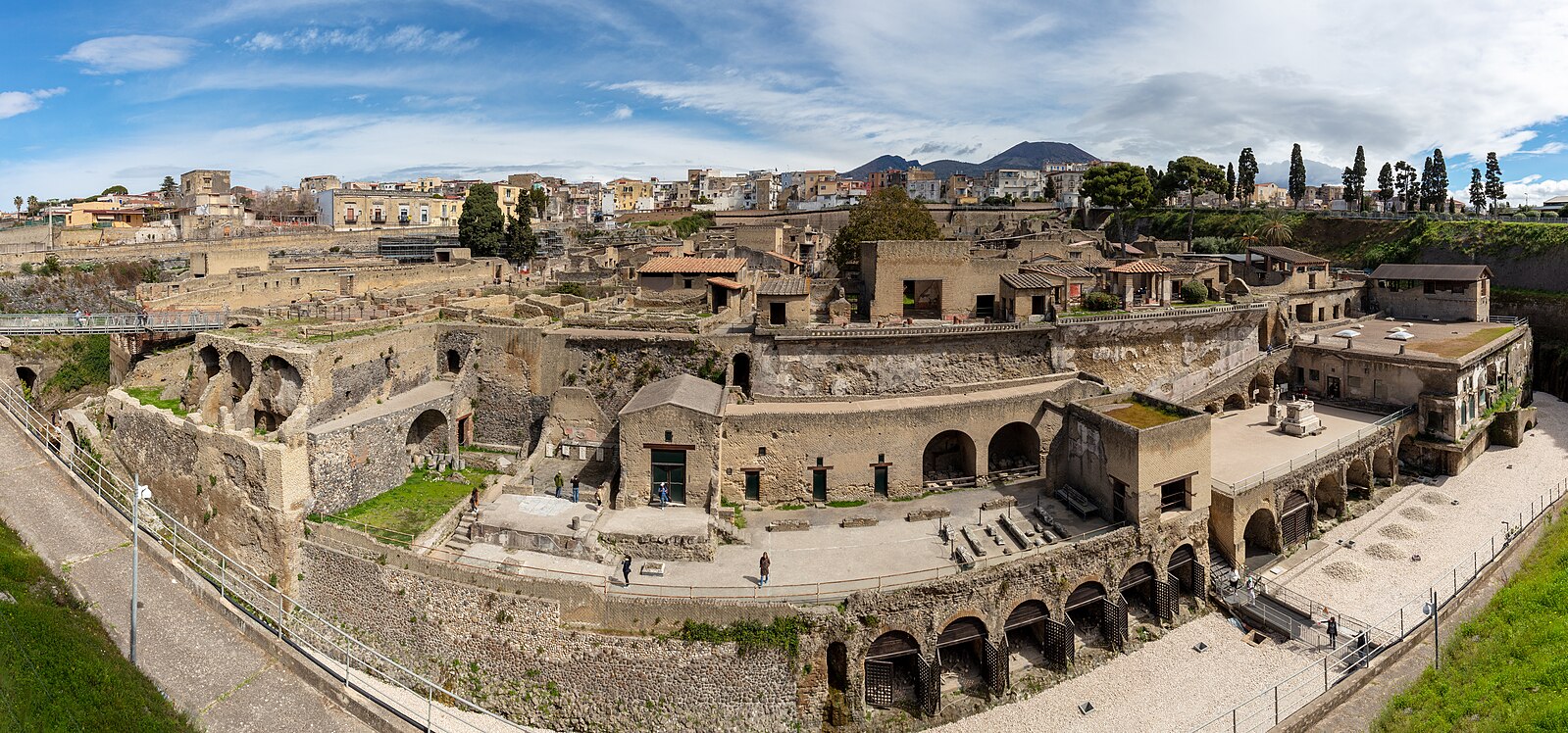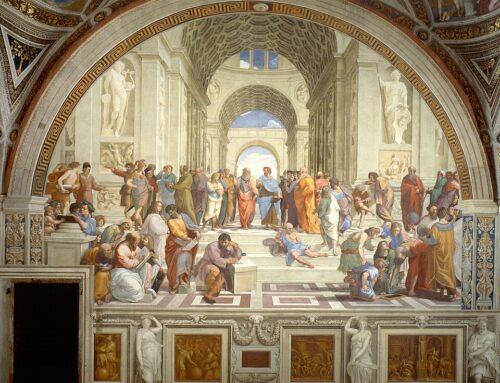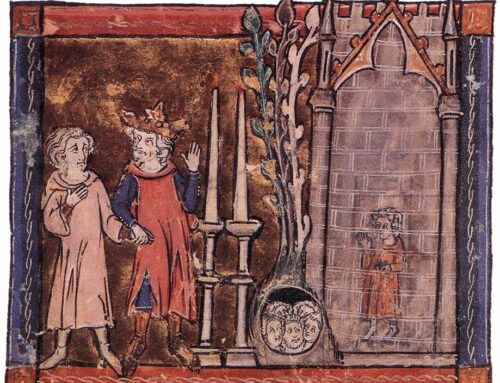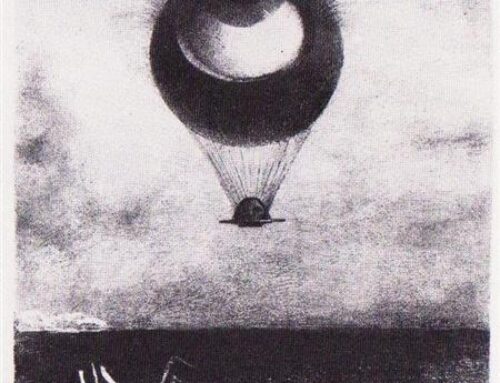Unscrolling the past with AI: new technology recovers old writings. From the article:
Researchers have peered inside an ancient scroll that was burned to a crisp in the volcanic eruption that destroyed Pompeii nearly 2,000 years ago…. The papyrus, known as PHerc. 172, is one of three Herculaneum scrolls housed at the Bodleian libraries. The document was virtually unrolled on a computer, revealing multiple columns of text which scholars at Oxford have now begun to read. One word written in Ancient Greek, διατροπή, meaning disgust, appears twice within a few columns of text, they said….
Armed with only 3D X-rays of the works – the burned scrolls are too fragile to handle – the winners developed computer software to virtually unwrap the papyrus. They then used artificial intelligence to detect where ink was present on the papyrus fibres and ultimately read passages of the ancient text.
That scroll, thought to have been written by the epicurean philosopher Philodemus, covered sources of pleasure, from music to food, and explored whether pleasurable experiences arose from the abundant or the scarce, the minor or major constituents of a meal, for example….
Richard Ovenden, Bodley’s librarian (the head of Oxford’s Bodleian library), said: “It’s an incredible moment in history as librarians, computer scientists and scholars of the classical period are collaborating to see the unseen. The astonishing strides forward made with imaging and AI are enabling us to look inside scrolls that have not been read for almost 2,000 years.”
For another article on this event, see here.






Leave A Comment